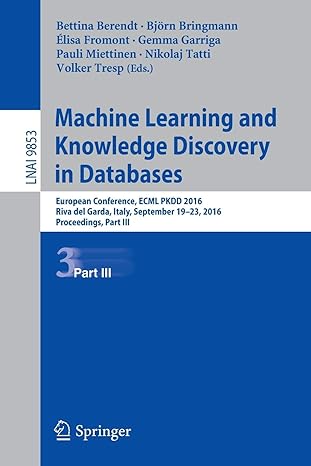Answered step by step
Verified Expert Solution
Question
1 Approved Answer
Suppose N packets arrive simultaneously to a link in which no packets are currently being transmitted or queued. Each packet is of length L and
Suppose N packets arrive simultaneously to a link in which no packets are currently being transmitted or queued. Each packet is of length L and the link has transmission rate R.
a) What is the average queueing delay for the N packets?
b) For each problem parameter, how can modify it (increase/decrease/uncorrelated) in order to decrease the average queueing time?
c) What is the maximum rate at which the link can transmit packets if it doesnt have a queue (i.e. without discarding any)?
Step by Step Solution
There are 3 Steps involved in it
Step: 1

Get Instant Access to Expert-Tailored Solutions
See step-by-step solutions with expert insights and AI powered tools for academic success
Step: 2

Step: 3

Ace Your Homework with AI
Get the answers you need in no time with our AI-driven, step-by-step assistance
Get Started


